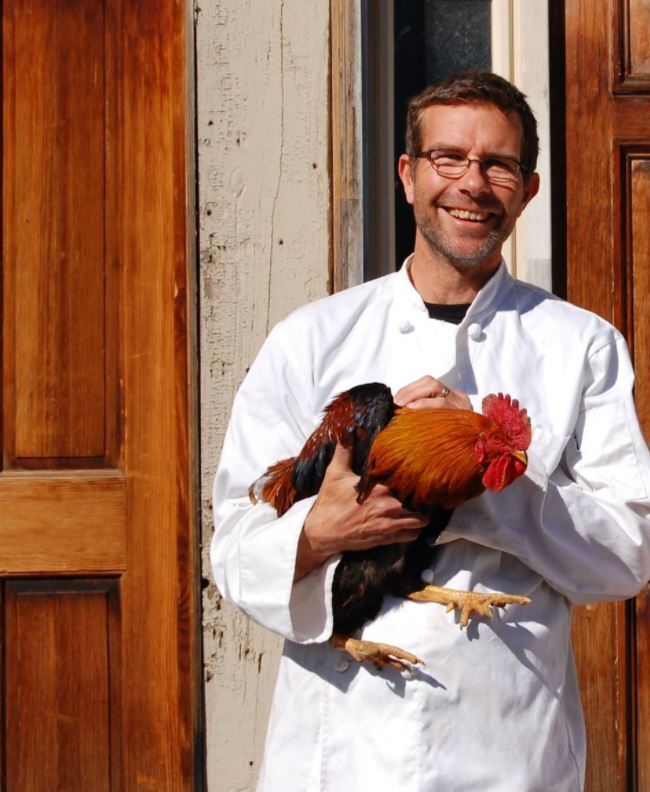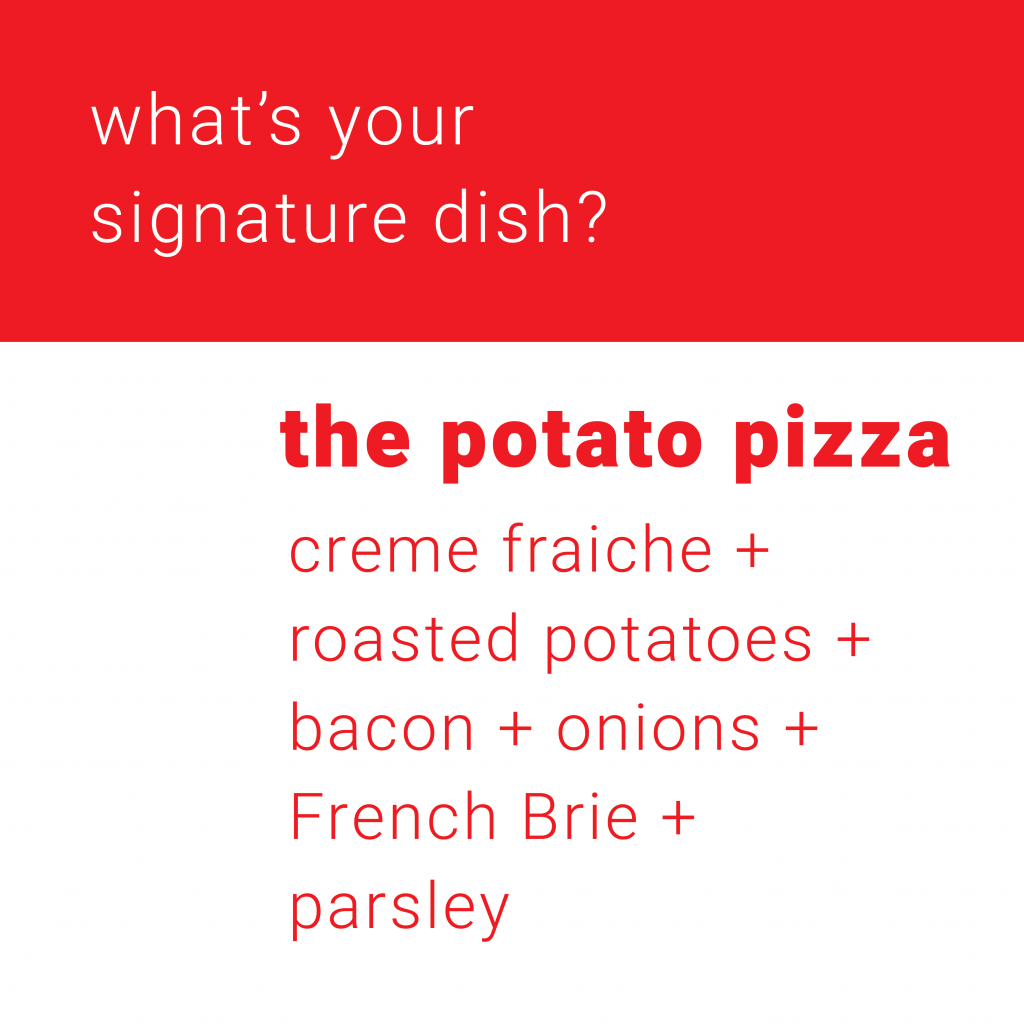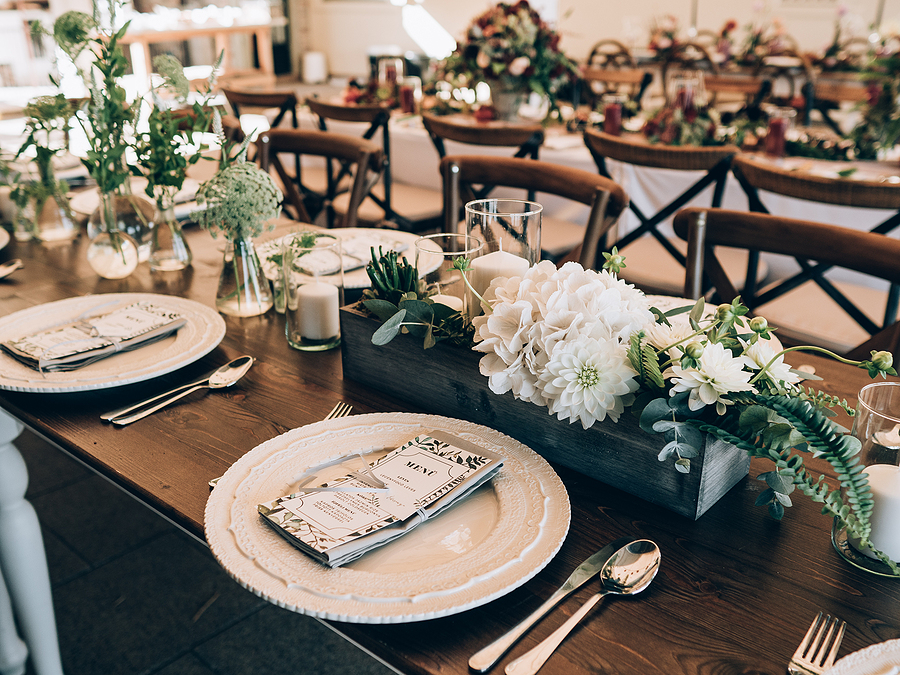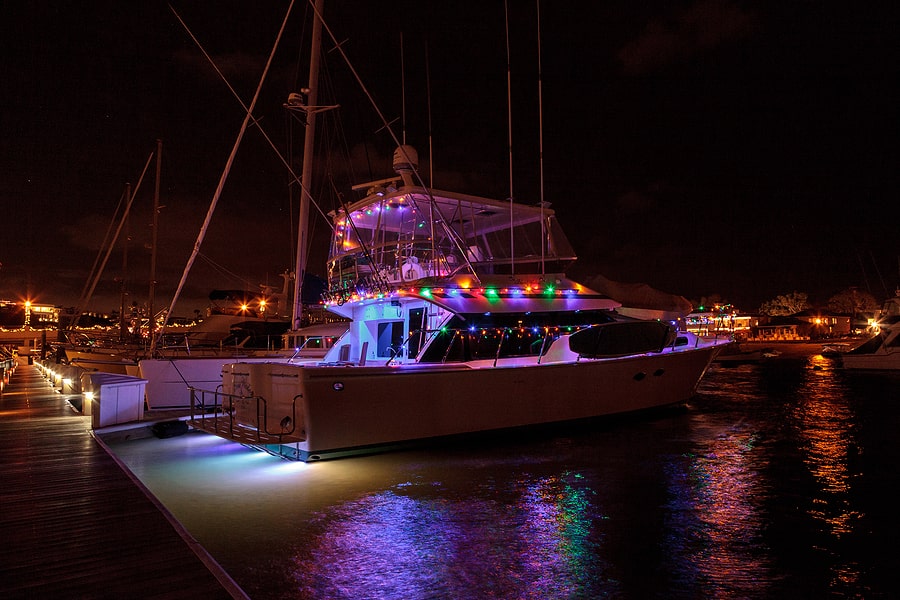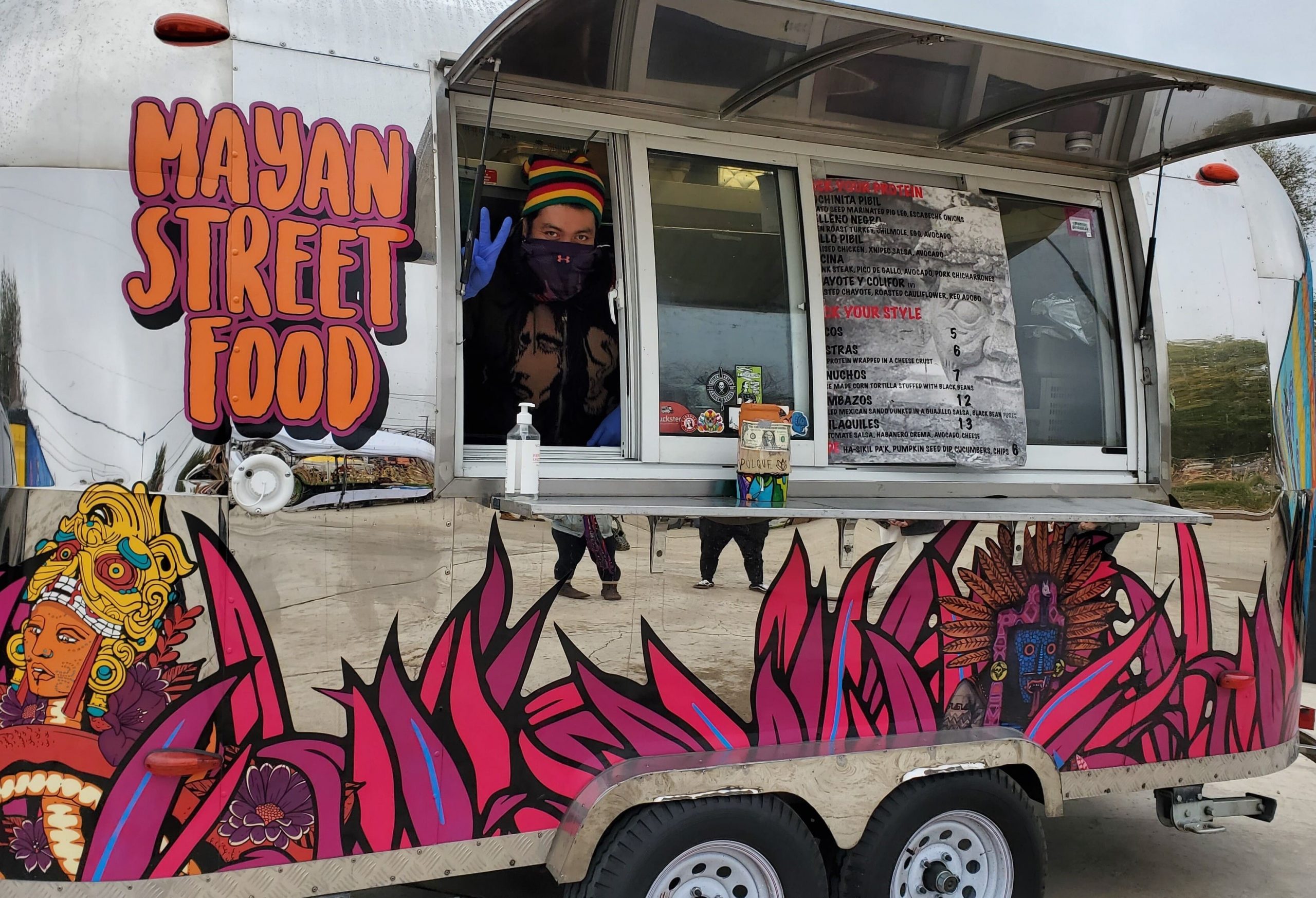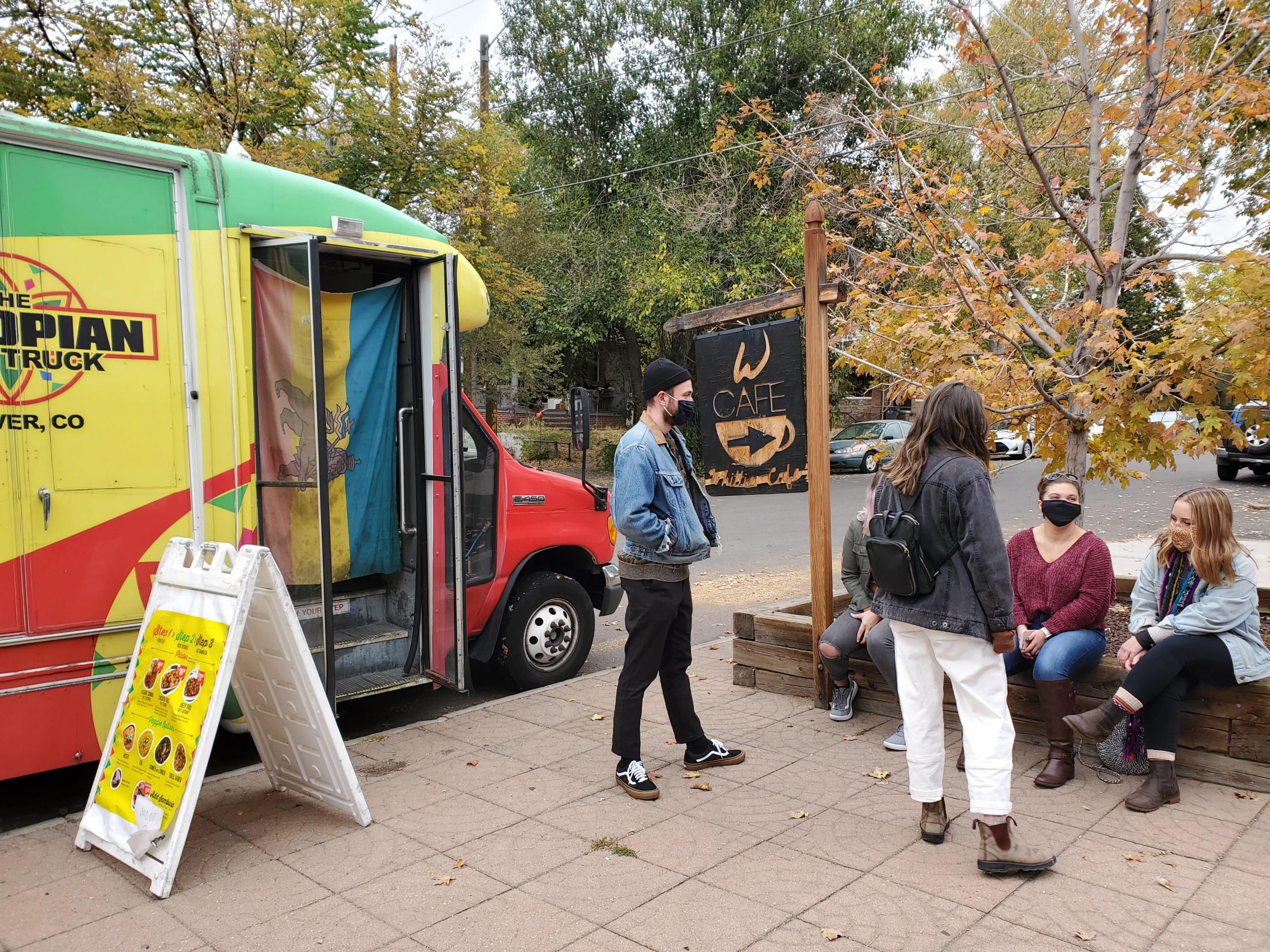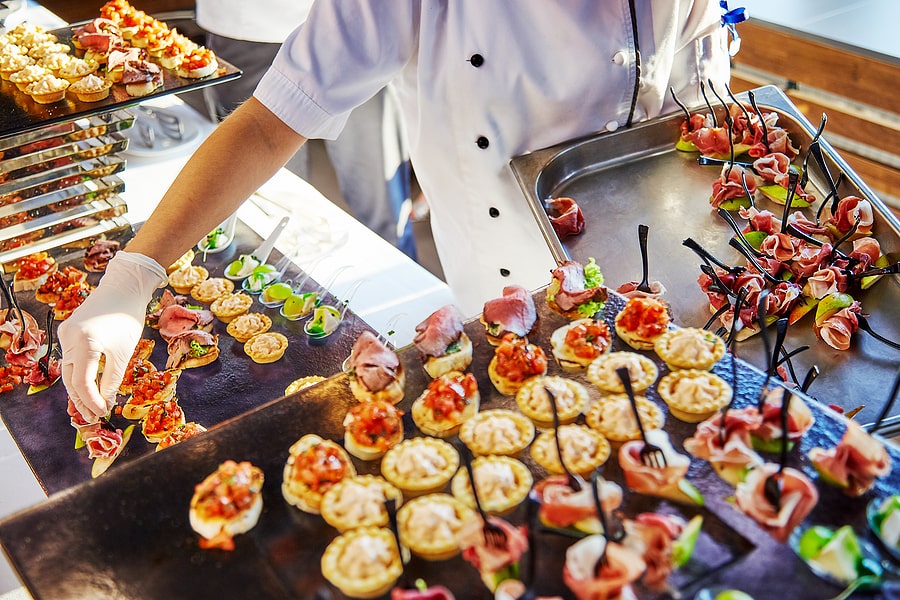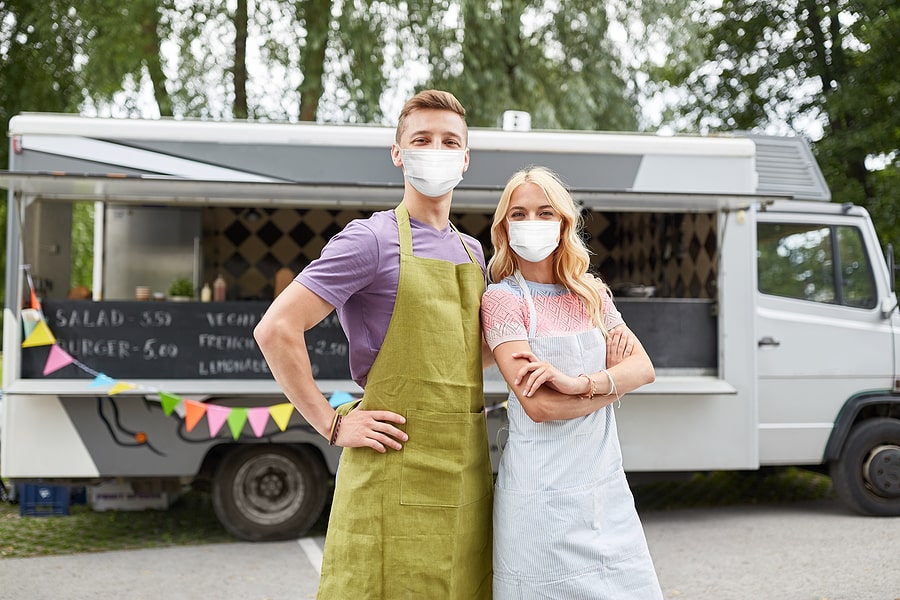
Finding consistent crowds presents one of the most significant obstacles when operating a food truck. Festivals provide a viable solution, bringing thousands of people to one place. All food truck vendors have to do to attract potential customers, and they’ll turn a profit, right?
Making money, even at festivals, isn’t always straightforward or guaranteed. It depends on the event, location, and crowd demographics, to name a few factors. If you’ve ever wondered, “How much do food trucks make at festivals?” here are your answers.
The 5% Rule
The festival’s size offers the best indicator of success. Food truck vendors can expect to sell one meal for every 20 people at the event. That translates to 5% of the total attendance.
While parking your truck at a large event doesn’t correlate with success, it does help. The more people see, smell, and hear about your food, the better your chances of building a line of paying customers. Vendors also benefit from a closed environment, where patrons can’t leave the festival grounds and are obligated to eat from vendors on-site.
Finding the Right Event
If you operate a food truck, you’re going to get a lot of requests to attend events. While you may feel tempted to say yes to every opportunity, pick your festivals selectively. For instance, selling your barbecue may not gel at a yoga gathering. The same goes for selling bento boxes at a Fourth of July parade.
Find festivals with a significant number of people from your target demographic. That means matching the attendees’ tastes with the food you sell. Here are two examples of how choosing the right event can influence how much a food truck makes at a festival.
Event #1: Music Festival
Attendance: 25,000 people
Expected Sales: 5% or 1,250 transactions
Gross Sales ($7 per transaction): $8,750
Operating Costs (33% of food): $2,888
Net Income: $5,862
Event #2: Local Farmers Market
Attendance: 1,000 people
Expected Sales: 5% or 50 transactions
Gross Sales ($7 per transaction): $350
Operating Costs (33% of food): $115.50
Net Income: $234.50
The difference between attending a music festival and the local farmers market is night and day. The concert’s massive attendance draws a diverse and ravenous crowd that helps your food truck make a sizeable profit. Events such as Austin City Limits can attract more than 450,000 people! So even if you have to pay a fee to vend at a music festival, the overall net income makes up for the initial investment.
Consistency Is King
Setting up shop at one large festival is a start. Doing it at several festivals is even better. Earning the most net income from festivities means attending as many events as possible.
It’s not unheard of for a food truck to earn $50,000 or more from a multiple-day festival like Coachella or Bonnaroo. Each event runs four to six days, with crowds reaching upward of 100,000 people. The competition to get into those festivals and attract foot traffic is fierce, but with the proper execution, they can provide a substantial reward.
Most food vendors can expect to make between $1,000 and $2,000 in net income from a festival. The exact numbers depend on the festival attendance and food, so the range serves only as a rough estimate. Keep in mind that selling $5 hot dogs requires triple the sales as $15 pizzas to generate an equal net income.
Maximizing Your Income
Food truck vendors should expect a 5% sales rate when attending large festivals, which translates into hundreds or even thousands of dollars. Maximizing income requires choosing the right event with the right demographics to ensure you make as many sales as possible. If you want to harness the power of a better vending experience, check out the Truckster mobile app.
If you are not yet a food truck owner and thinking of taking the plunge, check out our Food Truck Resources Page to see how Truckster can get you started on your own food truck success story!


